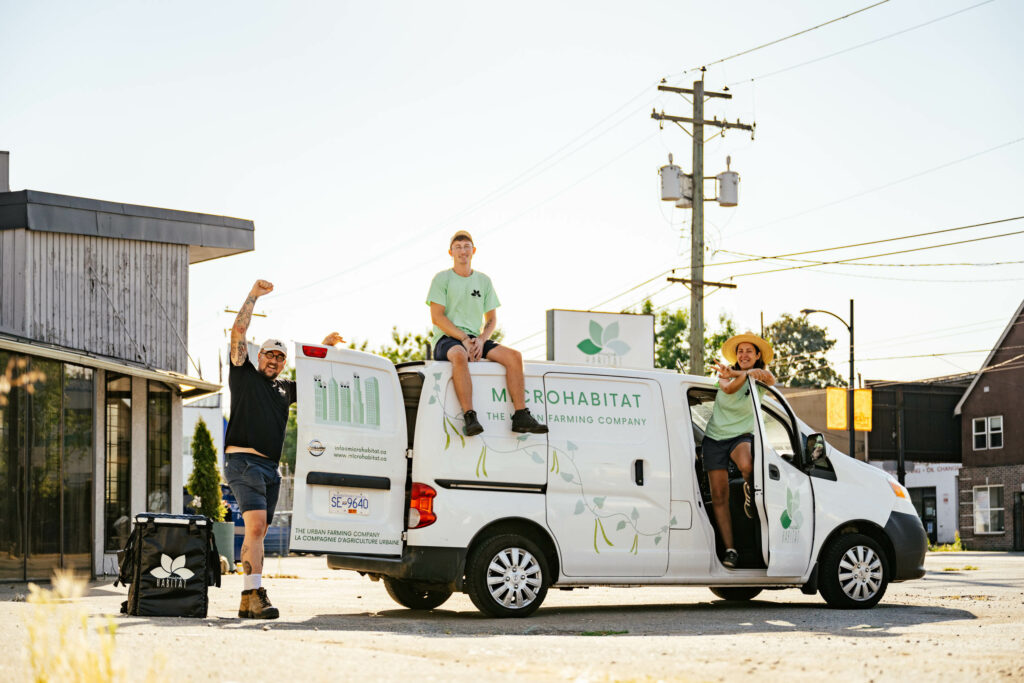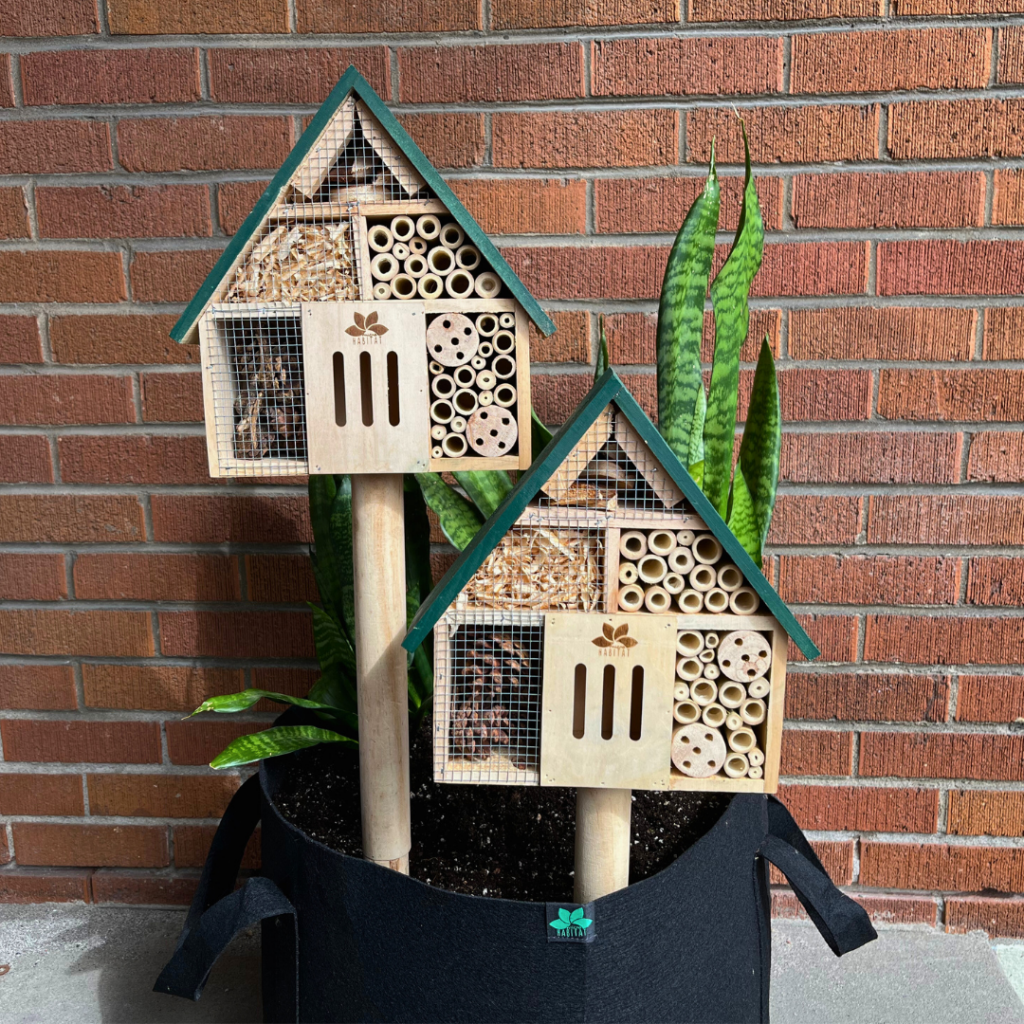
Earth Month, which takes its course over April, is an important time of the year dedicated to creating awareness about the crucial role we play in preserving the Environment, not only for ourselves, but for future generations too. Earth Month came about as an extension of Earth Day, which first took place on April 22nd, 1970. This helped push environmental issues forward in the social debate, and contributed to the establishment of the United States Environmental Protection Agency later that year.
Earth Month serves as a reminder that our actions directly impact the planet and that we all have a role to play in achieving a more sustainable way of life. During this month, events and movements are organized worldwide to encourage each of us to take steps toward reducing our environmental footprint. This includes initiatives like recycling, composting, reducing energy and water consumption, supporting local and organic food sources, urban farming, and many others as we will see later in this article.
This ties in very closely with our philosophy and ethics at MicroHabitat, as we have been pioneering the Urban Farming Movement across North America for years now. Our mission since the beginning was to bring more locally sourced productions of organic edible crops in urban environments, to provide a more sustainable future by lowering the carbon footprint of cities. It also enables us to provide food for our local communities, while also offering educational resources on Urban Farming and how to take the matters into our own hands to help the current global environmental crisis.
And so, as previously mentioned, here is a list of things you can do and implement to help the cause during Earth Month, as well as the rest of the year:
Grow/ Buy Organic
Do good for you and the environment by reducing your reliance on synthetic fertilizers and pesticides. Use organic composts and manures to meet your garden’s nutrient needs, and opt for organic pest control options like barriers, traps, insecticidal soap, and promoting natural pest predators.
Promote Biodiversity
An easy way to increase biodiversity at home is to plant a variety of plants/ crops that flower at different times in the season. This will ensure your garden is always beautiful and there is always something for pollinators to enjoy.
Increase diversity and productivity by using Companion Planting – plants that evolved competing for resources with each other. Some plants will work together to maximize productivity, while others will actively harm each other.
Plant Native Species
The diversity of pollinators is in sharp decline as environments across the world are being homogenized. The best way to help your local pollinators is to grow native flowering plants.
Not only do native species help support local ecosystems, they are also better suited for your local climate and will be able to reach their full potential with minimal inputs.


Protect Your Soil
Below ground biodiversity is just as important as above ground biodiversity – as micro-organisms work to decompose organic matter they are providing valuable services such as nutrient turnover, aerating soils, increasing water absorption, and more.
The best way to ensure you have a healthy below ground ecosystem, is to cover them up with organic mulches (not plastic mulches). Mulches help keep soils healthy by keeping them moist and cool – apply a thick layer (3-4”) to your garden at the beginning of the season and top up as needed.
Mulches also protect our soils from washing away during heavy rains, keeping our waters clean and our soil in the right place.
Be Water Wise
Avoid overhead sprinklers as they are the least efficient way to water plants, the best way is by soaking the ground around them by using either drip lines or soaker hoses.
Avoid watering in the middle of the day, the best time is just before dawn or in the late afternoon when the heat of the day has passed.
Avoid frequent, shallow watering and opt for less frequent but much deeper watering – allowing the soils to soak and then dry out slightly encourages plants to send roots deeper underground in search of water. This helps plants become more drought tolerant, as they’ll have a more extensive root system and will be better able to find water in the heat of the summer.


Sustainability is Community-Based
Start or join a community compost program – this is a great way to recycle organic wastes like yard clippings and kitchen scraps and reduces the need to pay for fertilizers.
Start a seed sharing program – the only thing more rewarding than growing your own fresh produce is saving the seeds and growing them next season. By swapping seeds with community members, you are preserving the genetic diversity of crops and can even lead to better yields over time as you select seeds from the best plants.
Reduce food waste by learning how to preserve fresh produce for later consumption – pickling/ canning, drying, or freezing harvests are all great ways to extend shelf life, so you can enjoy homegrown food year round.
Protect native pollinators
Installing a hotel for beneficial insects in your vegetable garden can provide a range of benefits including increased pollination, pest control, biodiversity and educational opportunities.
It is by taking small steps to promote sustainable agricultural practices that we can contribute to the health of our communities and the planet as a whole!
Are you ready to focus on sustainability in order to protect mother Earth? Check out our Ebook for more inspiration!

